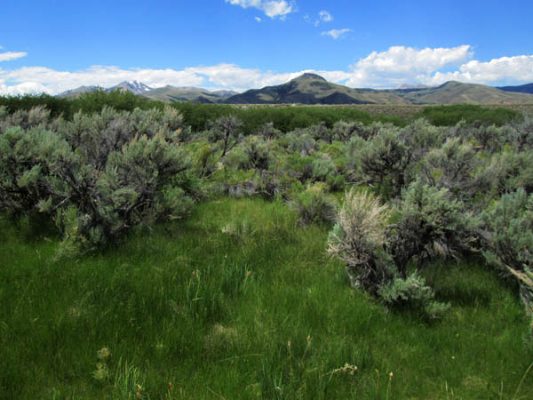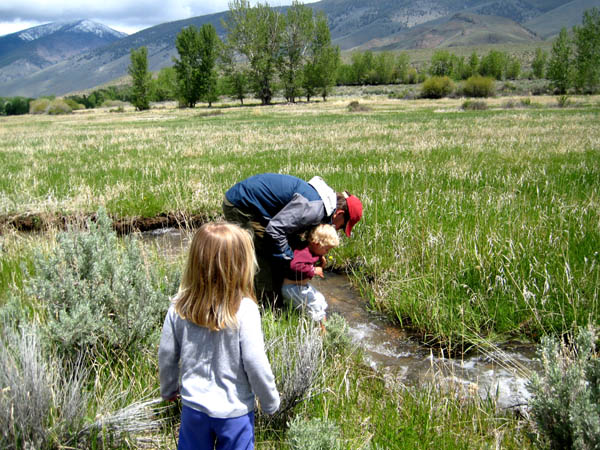Western Week in DC: How We Accomplish Work at Multiple Levels
by Tom Page, Big Creek Ranch, Central Idaho Rangeland Network
Arriving in Washington DC for my second trip with RVCC after a long Idaho winter, I thought I was ready to embrace the warm humid air of spring...until I had a twenty minute walk across the National Mall in my mid-spring Idaho attire, which included my wool coat. This year, I was confident I would flawlessly navigate the DC Metro (…which, of course, didn’t happen) and use my political knowledge for maximum impact during our week of RVCC core meetings (“…wait, did I just hear that there are two agriculture committees?”) In all seriousness however, I was able to connect many dots across my work in Idaho to the work being done at multiple levels in our Nation’s capital, and it left much food for thought about how we accomplish work in the regions we call home.
There were many pertinent issues coursing through my mind during Western Week this year. Back home in Central Idaho, many of us are working together to provide information to the Forest Service for the ongoing Salmon-Challis Forest Plan Revision. It’s a messy process, with conflicting and competing narratives coming from different sectors of the community, and a lot of time, dedication, and energy has been put into potential revisions and recommendations from all sides. Despite these conflicts, it’s a necessary conversation as we determine the future management plan of the region, which is over 90% public lands. I can’t help but see a correlation between my experience working on the Forest Plan Revisions in the Upper Salmon and my short week on the Hill in DC. Waiting outside the imposing buildings, I’m struck by the different groups of people coming in and out, all sharing their narrative, hoping to be heard.
We get our turn in front of the delegation, agency heads, and committee staff, trying to get our message across in the short time we have. It’s a blur of appropriations, policy, and some improvisational relationship-building. I’m impressed by the RVCC staff and the rest of our group, and I can tell that the staffers are as well. My role is to bring a narrative from the ground level, sharing stories about what works (or not) in my region of Central Idaho. Will our narrative break through? I’d like to believe so, but it’s balanced by the sheer immensity of the process. Just like in Idaho, I put my faith in the people who show up. After a week of meetings and a whirlwind of conversations, I circle back to the questions that sit in my mind: How can we ensure shared stewardship across our diverse communities? How can we successfully accomplish all lands work at multiple levels — reaching the needs of our rural landowners and communities while making space to talk collectively about our broader forest plan revisions that benefit a much greater audience — one that extends to future generations. It might be slow, but I’m confident we’ll get there. We need to continue participating in, and navigating, these hard conversations.
Big Creek Ranch is comprised of ranches that were purchased in variable condition, with the twin goals of making them more environmentally sustainable and improving overall land health. Big Creek has many objectives to support their conservation goals, including re-connection of streams, increasing rangeland diversity and health, increasing permeability of the ranch to wildlife (allowing for easier movement through the ranch), increasing habitat security and reducing disturbance for wildlife, enhancing sage grouse habitat, reducing road densities and improving the overall population of wildlife on the ranch.





